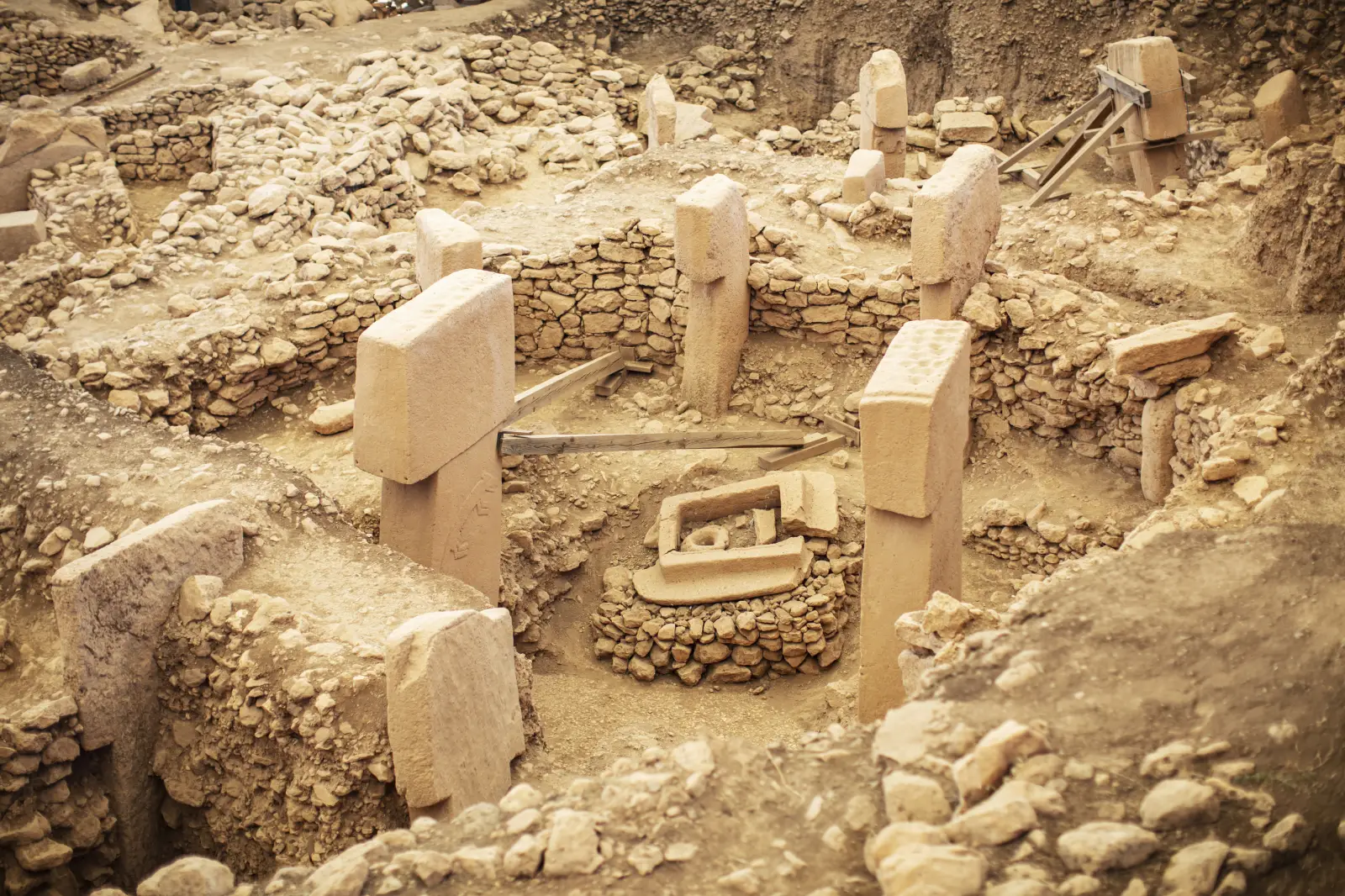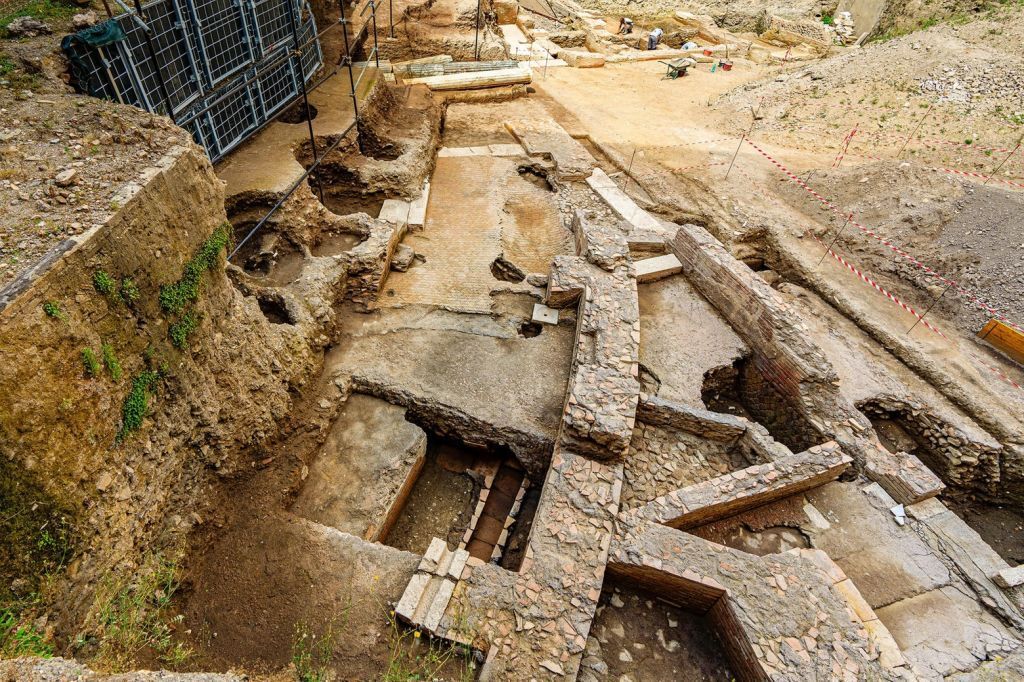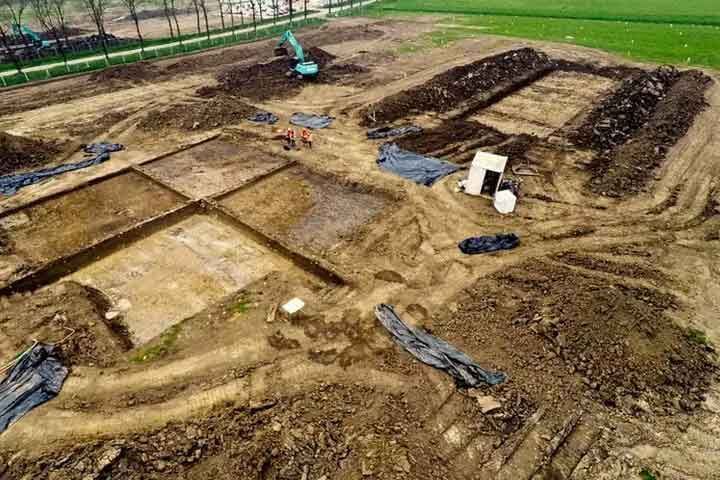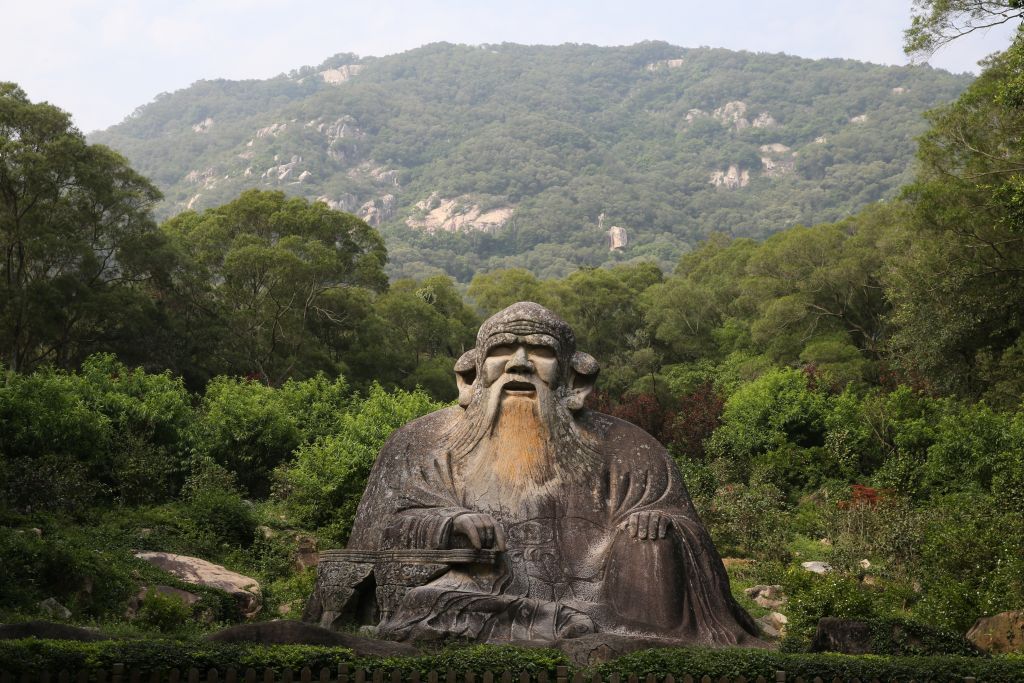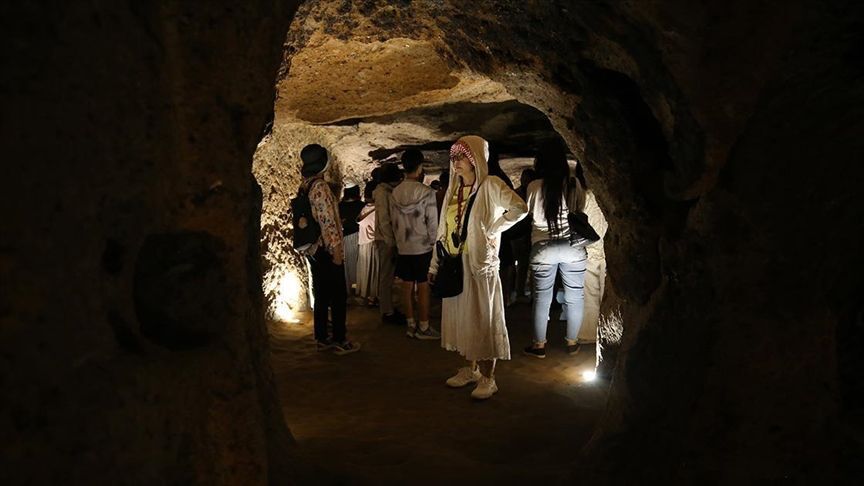An ancient sacred site buried in southeastern Turkey (Türkiye) for thousands of years is now captivating millions across Europe.
The Göbeklitepe exhibition, currently hosted at Rome’s legendary Colosseum, has drawn more than 6 million visitors since opening in October—shining a spotlight on what’s widely believed to be the oldest known temple in human history.
“Göbeklitepe, The Enigma of a Sacred Place” opened on October 24 and is set to close next week. But not before breaking attendance records. According to Mehmet Nuri Ersoy, Türkiye’s Minister of Culture and Tourism, the exhibition is expected to reach 6.4 million visitors by the end of its run, cementing Göbeklitepe’s growing status as a globally significant archaeological and cultural marvel.
A Global Debut for the World’s Oldest Temple
Göbeklitepe has long fascinated archaeologists since its discovery in 1963 by researchers from Istanbul and the University of Chicago. Located near the town of Şanlıurfa, the site contains T-shaped pillars carved with animals and abstract symbols, dating back over 12,000 years—nearly twice the age of Stonehenge.
Despite being on UNESCO’s World Heritage Tentative List since 2011, Göbeklitepe remained largely unknown to international travelers until recently. That changed when Turkish officials brought the site’s story to one of Europe’s most visited monuments: the Colosseum in Rome. The strategy was simple—put Göbeklitepe in front of millions of culturally curious visitors already paying to explore one of the continent’s most iconic landmarks.
“This is one of the top spots in Europe for tourists interested in history and culture,” said Ersoy. “From this perspective, it’s a highly valuable target location for us—one of the most ideal spots for a target-oriented branding effort.”
Türkiye’s Cultural Branding Strategy
The success of the exhibition isn’t just measured in foot traffic. It’s also helping Türkiye boost its tourism profile across Europe, particularly in Italy. The country welcomed 420,000 Italian visitors in 2022, 600,000 in 2023, and 720,000 last year. Following the exhibition’s launch, Türkiye now expects to surpass 900,000 Italian visitors in 2025.
For Ersoy, this is part of a broader strategy to elevate Türkiye’s cultural icons—sites like Ephesus, Hierapolis, and especially Göbeklitepe—into globally recognized heritage brands. “(Göbeklitepe) is one of the products that must be branded,” he said, noting its unrivaled historical depth compared to similar sites in Europe. “When you look at England, Stonehenge is considered the oldest, but it’s 2,500 years old. We’re talking about a settlement that’s 12,000 years old.”
Reclaiming the Past: Türkiye’s Push to Repatriate Artifacts
As Türkiye works to elevate its cultural presence abroad, it’s also strengthening efforts to bring smuggled heritage artifacts back home. Ersoy highlighted the restructuring of Türkiye’s anti-smuggling operations, upgrading them to department-level status and increasing the number of expert staff. The aim: to engage with international institutions and collectors on equal footing and stop the illicit trade in cultural property.
“We’ve achieved such great success that collectors no longer want to buy a treasure or cultural artifact of Anatolian origin that has been taken abroad without permission,” Ersoy said. He credited the Ministry’s legal team—dubbed “our Sherlock Holmeses”—for identifying and reclaiming looted items while building international credibility in cultural preservation.
“All collectors and museums now know that if they acquire a cultural artifact illegally removed from Anatolia and display it, Türkiye’s Ministry of Culture and Tourism will detect it, take action, and initiate a comprehensive legal process—eventually reclaiming it,” he added. “In other words, it will be brought back to Anatolia.”
With the Rome exhibition closing soon, Turkish officials are considering future international showcases to further the site’s visibility. Göbeklitepe’s transformation from a buried relic to a global cultural symbol marks a significant shift in how Türkiye presents its historical treasures to the world.
As travelers seek deeper, more meaningful connections with ancient history, this once-forgotten sacred site is no longer lost to time—it’s becoming one of the defining icons of global heritage tourism.

